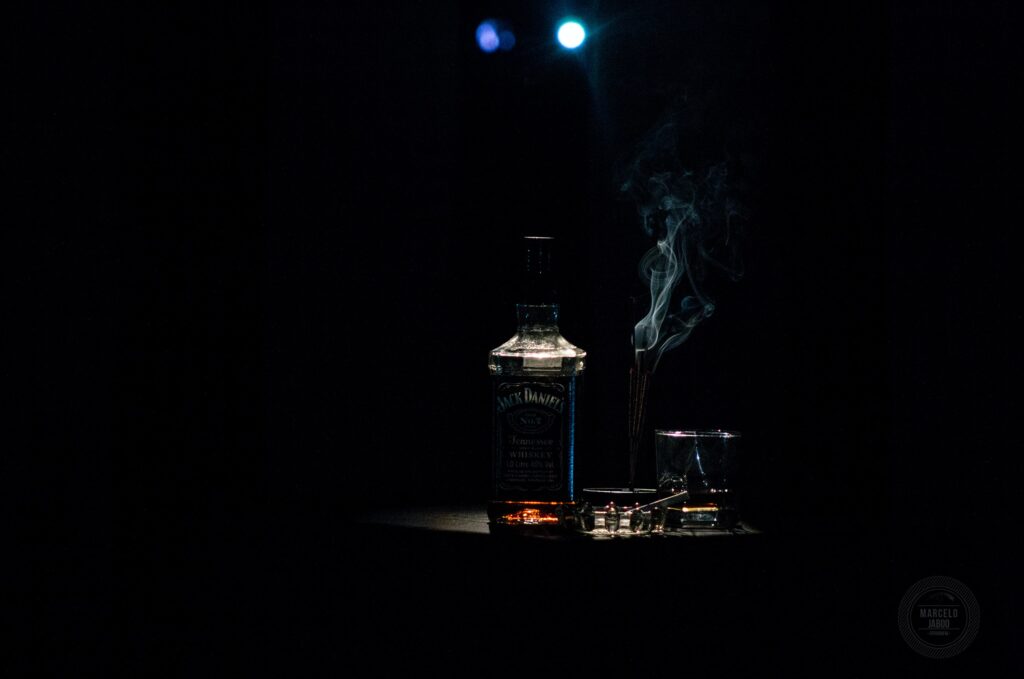
In a nutshell, no.
Some would have us use peat. After all, it is a sustainable energy source because it is made from organic material, but not at all the situation, though. Renewable energy sources can replenish within a human lifetime, but reestablishing one meter of peat takes about a thousand years.
The United Kingdom is home to 3 million hectares of bog, all of which have accumulated since the last ice age. This amounts to a total of 12,000 years, which is far too long to be considered within the sphere of human time.
For what reason, then, is peat still widely used? While the most obvious reason is probably due to peat’s low cost, the actual cause may be more nuanced. Peat mining income peaked in 1997 at £119 million and has since dropped to 2015’s $36.2 million. By contrast, the whisky business pumps £5 billion into the UK economy yearly. Johnnie Walker, the fifth most popular whisky in the world, has a line of whiskies with a unique peated flavor and is known worldwide for its peated Scotch whisky.
As previously mentioned, the phenols responsible for whisky’s signature peated flavor have been separated and can be synthesized. But it’s costly to figure out how to make them in whisky, while peat is inexpensive, abundant, and has a strong case thanks to its historical use and potential economic addition.
Since 2010 when the first DEFRA document was published, the government has issued several policies, the most recent of which is due out in 2022. They plan to spend £50 million on wetland rehabilitation in England by 2025 and £250 million in Scotland over the next decade. This includes initiatives like re-wetting peatlands and protecting the earth below them.
Suppose these regulations against peat mining are allowed to stand as written. In that case, the whisky business, which currently uses less than one percent of all extracted peat, may soon become the only consumer of peat. It’s estimated that the carbon emissions required to flavor just one boozy beverage would equal those produced by the world’s entire beverages business for 140 years.
In addition, NatureScot’s Ben Ross says that Diageo was given mining rights to Castlehill as an “offering” to safeguard more vital peat fields. While Ross agrees that this is a chance to collaborate with Diageo and the whisky business to rehabilitate peat fields where feasible, he wonders if there aren’t better ways to make the same spirits.
Since it is so inexpensive, the whisky business has needed more reasons to look for alternatives. But if peat supplies continue to dwindle, companies like Ardbeg, Laphroaig, and others not controlled by Diageo will have to scramble to find new ways to replicate their distinctive flavor character within a relatively short amount of time.